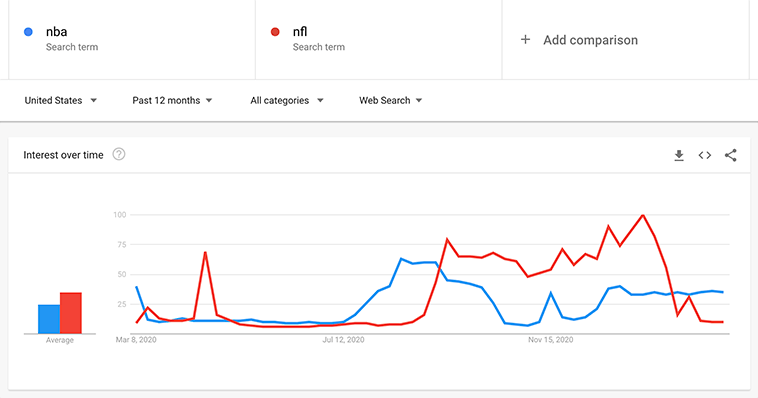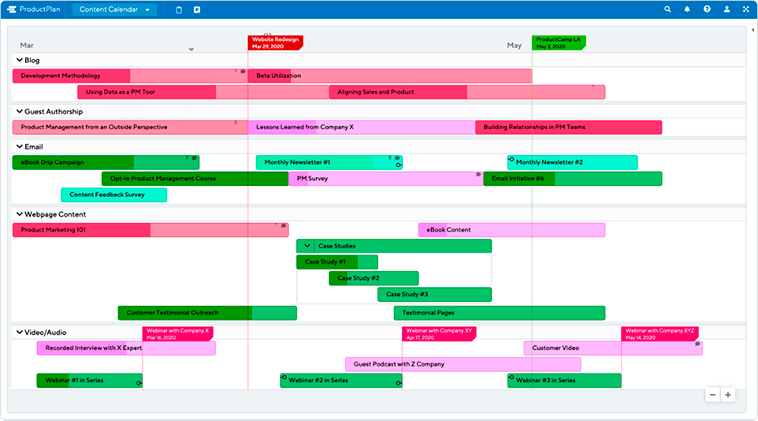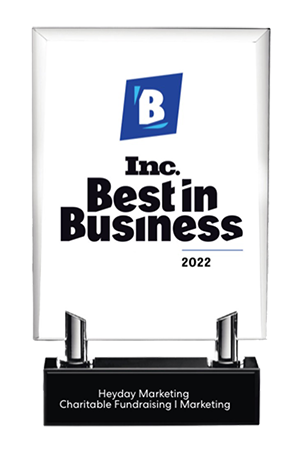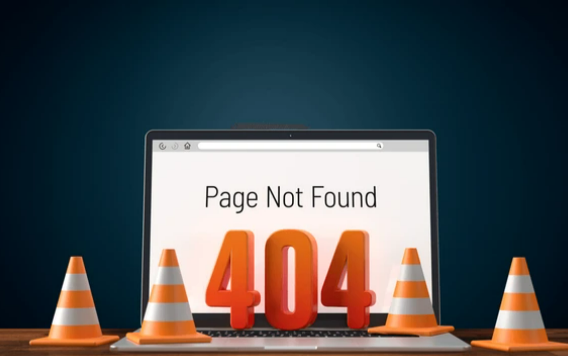Seasonal content is a crucial aspect to keep a business relevant. Preparations for upcoming seasons usually start well in advance, in many cases, up to even two years earlier, especially if the nature of the content requires heavy production, like TV commercials. Changing weather and seasons, geographical holidays, cultural celebrations, amongst other factors throughout the year all account for the advance measures that need to be taken before a piece of content goes live.
In the constant battle for attracting higher traffic, leads, and shares, many marketers need to up to date with what’s going on in the market. Often, in the midst of such a high paced environment of marketing, one thing slips out of mind very easily: Trends.
For a brand, constant innovation for newer ways to engage an audience is utterly important and knowing what is going on within their lives and keeping current is the key to always be in their sights.
People get desensitized to the same messages being told over and over again, even if they are told in different ways. Repetition with no new content, innovation, or messaging points is a number one factor for an audience blocking a brand out of their minds, which means they will scroll past you. Once the attention is lost, it can often be harder to gain it back, usually requiring massive revolution in providing a completely new system of eye-catching content strategies.
Thus, seasonal content is a great way to add variety and capture, or recapture, an audience’s attention. We often see retail brands pushing out time-specific marketing in the form of ‘Holiday Savings!’ or ‘Winter Sales!’. The goal of seasonal content is to make sure your business or brand is the one the market thinks of first when a season finally hits. Most buyers plan for buying new products during specific sale seasons, like Black Friday, which means they are actively looking at options to get the of deals.
The two main kinds of Seasonal Content
Depending on an industry, just about any trend related to a business can be considered a season.
Time-based content (the regular seasons of the year: summer, winter; football season, basketball season)
Event-based content (Thanksgiving, Memorial Day, Black Friday, Halloween, etc)
There can be a lot of overlap between both of these kinds, which is where strategy and good allocation of resources will come into play. A business could choose to target one, or both, depending on the resources it has available.
How to leverage them into an advantage for you
- Watch for Trends
This begins with research, which helps understand the topics of interest around specific industries and timelines. There are multiple tools to keep track of people’s interests online, one of them being Google Trends. Google Trends keeps track of all search results that are undertaken on Google’s search engine and presents the data for anyone to use and compare.

Let’s compare the interests of NBA and NFL for example. Through this chart, we can notice NBA peaks in interest during mid-year, which is exactly the time when NBA Playoffs are scheduled. When compared to NFL, interests rise up soon after NBA playoffs, and gain in traction until the beginning of the following year, which is when NFL Super Bowl are usually scheduled. Upon a simple search like shown above, data can be analyzed and planned for well in advance to push out content, merchandise, marketing, or advertising.
The food industry, for example, is one that can be heavily and positively impacted by sports seasons. As people usually watch sports on local cable networks, TV commercials have a bigger return on investment. In order to air commercials during NBA playoffs, strategies need to be put in place for discounts and deals well in advance, which will then be followed by production of the commercials themselves, which could take up to 3 months. The online content will also have to be planned for, designed, and made ready to push out right when the interests rise.
If you are in the food and dining industry, consider sports seasons and schedules to introduce promotions and deals for sports enthusiasts. This could help drive a newer target audience into your business.
2. Objectify and Strategize

This is one of the most crucial steps. It can become the difference between being profitable or running out of business. Often times, a business may skip this step and allocate most, or all, of their resources into producing deals and respective content for a particular season. If this goes horribly wrong, the company then runs out of resources to keep the other aspects of their business running.
If you are a local restaurant, for example, and the wedding catering season is right around the corner, allocating all of your staff to prepare for catering will keep you away from serving your local customers. You may risk losing your customers not just in the short run, but in the long run, as they may replace you with other local spots and feel they are not important enough to you.
Clearly stating objectives for the upcoming season will help you organize and allocate your budget in the right places to ensure that your company can keep itself running in case a strategy fails. Stating clearly the right target audience and the message you want to communicate to them is one step closer to making sure your content reaches the right people who are interested in your product or services.
Once you have objectives, strategize your budget and other resources in a way that you can always fall back on a back-up plan in case your online advertisements or promotions do not attract the wanted attention. Having a back-up plan is a must. Moreover, being flexible and realistic to modify or change any content promoted online can be very beneficial, as it would help you look ahead and anticipate what is or not working and take appropriate measures to get the best out of your implemented strategy.
3. Timing

This determines how much sooner or later you want to start publishing your content. It really depends on how steep the rise of interest is. If an event lasts for a day, such as St. Patrick’s Day, the rise of interest will be abrupt, which means you may want to plan to release your content closer to the event date.

Other events, such as Halloween, traditionally carry a higher significance to prepare for the much-anticipated day. Many enthusiasts plan parties well in advance, which means their planning and arrangements for costumes also start quite early. Halloween proves to have a gradual spike in interest, however, closer to the date, the non-enthusiasts rush out to buy their costumes last minute. This situation can be leveraged to push out content and advertisement related to tailor-made costumes for the enthusiastic audience well in advance, while still positioning other content for the ones who do not plan for the celebration.
For the younger crowd, entertainment venues like bars and clubs know that the interests for their services will spike on the eve of 31st October, and hence may begin to advertise their own special deals a few weeks earlier.
Content Promotion Considerations
As with any content marketing campaign, promotion is king. Promoting content to the wrong target audience won’t yield results at all, and instead, lose you more money. It is best to focus on social media to run campaigns that you can turn on or off right away, which will ensure you maximize your reach and return on investments.
Facebook ads, Google AdWords (which includes YouTube advertising), Paid Twitter Promotions, or LinkedIn Advertising are great platforms to run your content promotions on. These give you the flexibility to change or modify your content and/or promotions in real time, while giving you access to data on how your promotion is performing.
To Conclude
Do remember that seasonal content can definitely be taken advantage of, but its interests are always temporary and should not coincide with the bigger objectives of your business plan. Moreover, running content promotions related to your business which align with your current audience’s interests will yield higher profits, as these are the people you know and who knows you. If you are looking to attract a new target audience, change your strategy and allocate resources in a way that do not push away your current customers.
In summary, always remember to watch for current trends happening in the world, particularly social media, build objectives and strategies for your content and time them properly to yield the maximum profits!






